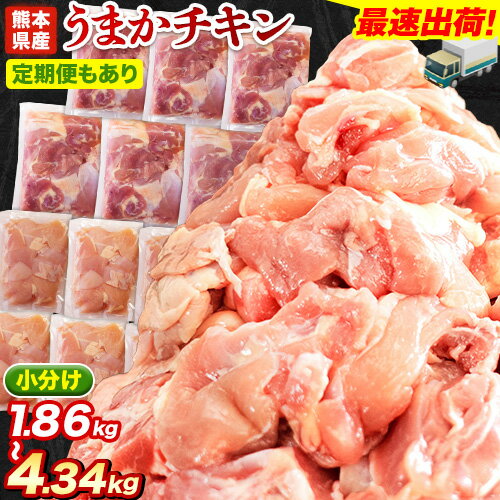論文No3870
Capmatinib plus nivolumab in pretreated patients with EGFR wild-type advanced non–small cell lung cancer
Enriqueta Felip,Giulio Metro,Daniel S.W. Tan,...Chao Xu,Feby I. Mardjuadi,Manuel Cobo
LUNG CANCER, VOLUME 192, 107820, JUNE 2024.
<はじめに>
制御不全に陥ったMETは、非小細胞肺癌(NSCLC)において確立された発癌促進因子である。
METシグナル伝達はまた、抗癌免疫応答を抑制する可能性がある。
MET阻害剤であるカプマチニブとの併用により、METシグナル伝達に対する腫瘍の依存性にかかわらず、
マウスがんモデルにおける免疫療法の有効性が相乗的に増強された。
ここでは、プラチナ製剤ベースの化学療法による前治療歴のあるEGFR野生型進行NSCLC患者を対象とした、
カプマチニブ+ニボルマブ(PD-1阻害薬)の多施設共同非盲検第2相試験の結果を報告する。
<試験方法>
患者を免疫組織化学法によるMET発現、蛍光in-situハイブリダイゼーション法によるMET遺伝子コピー数、
METエクソン14スキッピング変異の有無により高MET群と低MET群に割り付け、
カプマチニブ400mgを1日2回経口投与し、ニボルマブ3mg/kgを2週間ごとに静脈内投与した。
主要評価項目は、RECIST v1.1に従って治験責任医師が評価した6ヵ月無増悪生存(PFS)率であった。
<結果>
主要評価項目は、高MET群(N=16)および低MET群(N=30)の両方で達成された。
高MET群および低MET群それぞれにおいて、
ベイズ解析による推定平均6ヵ月PFS率(95%信頼区間)は68.9%(48.5-85.7)および50.9%(35.6-66.4)であった。
カプランマイヤーPFS中央値(95%信頼区間)は6.2ヵ月(3.5-19.2)、4.2ヵ月(1.8-7.4)であった。
全奏効率(95%CI)は25.0%(7.3-52.4)、16.7%(5.6-34.7)であった。
最も頻度の高い治療関連有害事象(グレードを問わず30%以上、N=46)は、
悪心(52.2%)、末梢性浮腫(34.8%)、血中クレアチニン増加(30.4%)であった。
<結論>
カプマチニブとニボルマブの併用療法は、EGFR野生型進行NSCLCの既治療患者において、METの状態とは無関係に、臨床活性と管理可能な安全性を示した。
臨床試験登録
ClinicalTrials.gov NCT02323126。
DeepL.com(無料版)で翻訳しました。
Introduction
Dysregulated MET is an established oncogenic driver in non–small cell lung cancer (NSCLC). MET signaling may also suppress anticancer immune responses. Concomitant MET inhibition with capmatinib (a MET inhibitor) synergistically enhanced the efficacy of immunotherapies in murine cancer models, regardless of tumor dependency to MET signaling. Here, we report results of a multicenter, open-label, phase 2 study of capmatinib plus nivolumab (a PD-1 inhibitor) in patients with EGFR wild-type advanced NSCLC, previously treated with platinum-based chemotherapy.
Methods
Patients were allocated into high-MET or low-MET groups according to MET expression determined by immunohistochemistry, MET gene copy number as assessed by fluorescence in-situ hybridization, and presence of MET exon 14 skipping mutation, then received capmatinib 400 mg, oral, twice daily in combination with nivolumab 3 mg/kg intravenously every 2 weeks. The primary endpoint was investigator-assessed 6-month progression-free survival (PFS) rate per RECIST v1.1.
Results
The primary endpoint was met in both the high-MET (N = 16) and low-MET (N = 30) groups. In the high-MET and low-MET groups, respectively, the estimated mean 6-month PFS rate (95 % credible interval) by Bayesian analysis was 68.9 % (48.5–85.7) and 50.9 % (35.6–66.4). The Kaplan-Meier median PFS (95 % CI) was 6.2 months (3.5–19.2) and 4.2 months (1.8–7.4). The overall response rate (95 % CI) was 25.0 % (7.3–52.4) and 16.7 % (5.6–34.7). Most frequent treatment-related adverse events (≥30 % any grade, N = 46) were nausea (52.2 %), peripheral edema (34.8 %), and increased blood creatinine (30.4 %).
Conclusions
Capmatinib plus nivolumab showed clinical activity and manageable safety in pretreated patients with advanced EGFR wild-type NSCLC, independent of MET status.
Trial Registration
ClinicalTrials.gov NCT02323126.


